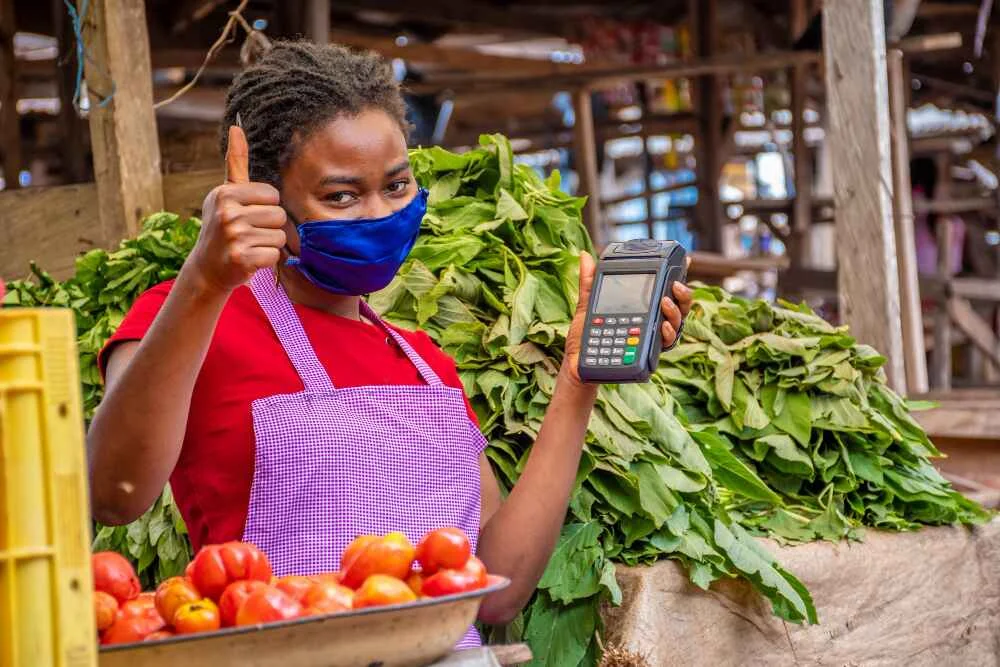
How to Invest KSh 3,000 to 5,000 in Kenya
Despite being a modest amount, investing KSh 3,000 to ksh 5000 in Kenya can, with the correct approach, serve as an entry point for financial growth. From safe financial instruments to business initiatives, Kenya's thriving economy provides small investors with easily accessible options. Starting with small-scale businesses, this article examines realistic options to invest KSh 3,000. Next are government securities, money market funds, high-interest savings accounts, and investment groups. These beginner-friendly options help you build your money over time by establishing an appropriate balance between risk and reward.
1. Start a Small-Scale Business Venture
In Kenya's thriving entrepreneurial ecosystem, a microbusiness may be started for KSh 3,000 to ksh 5000 by anyone willing to put in the effort required and take on a reasonable amount of risk. Here are four particular instances:
-
Mitumba, or second-hand clothing: For KSh 2,500, buy a small quantity of mitumba clothing from markets like Gikomba or Toi. For example, you may spend KSh 500 on marketing or transportation while purchasing 10 to 15 high-quality blouses, dresses, or children's clothing. Sell these goods in your neighborhood or online using Instagram or WhatsApp for a markup of 50–100%. You may double your investment in a matter of weeks if you purchase a shirt for KSh 100 and it sells for KSh 200. The strong need for reasonably priced apparel in Kenya fuels this business.

-
Snack Vending: Spend KSh 2,000 on supplies (such as flour, oil, eggs, and fillings) for snacks like boiled eggs, samosas, or mandazi. For packaging and transportation, use KSh 1,000. Sell for KSh 20–50 per item in nearby offices, schools, or marketplaces. at instance, selling 100 mandazi at KSh 30 each may bring in KSh 3,000, which would cover expenses and make a profit. This capitalizes on Kenya's penchant for reasonably priced, portable snacks.

-
Phone Accessories Resale: Purchase inexpensive phone accessories, including as chargers, earbuds, or phone cases, for KSh 2,500 at wholesale marketplaces like Luthuli Avenue in Nairobi. Set aside KSh 500 for internet marketing or transportation. Use local stores or social media sites to sell these goods for KSh 200–500 each. A profit of KSh 1,500 may be made, for example, if ten pairs of earphones purchased at KSh 250 each were sold for KSh 400. This company takes advantage of Kenya's rising smartphone adoption rate.
-
Vegetable Hawking: For KSh 2,500, buy fresh veggies from wholesale marketplaces like Marikiti, such as tomatoes, onions, or sukuma wiki. For transportation or setting up a modest stand, use KSh 500. Sell for a 30–50% markup in residential neighborhoods or close to major roads. A kilogram of tomatoes procured for KSh 50, for instance, might sell for KSh 80, yielding rapid profits. This business meets everyday household needs and requires little expertise.

Businesses like these demand diligence, quality assurance, and market research, but with proper management, they can yield substantial profits.
2. Join a Money Market Fund
For KSh 3,000 growth, money market funds (MMFs) are a low-risk choice. MMFs offer 8–12% yearly returns by pooling investor funds to purchase safe assets like Treasury bills and fixed deposits. Funds from providers such as CIC Group, Britam, or Sanlam are perfect for your budget because they frequently accept investments as low as KSh 1,000.
The Britam Money Market Fund, for instance, offers various withdrawal options and permits investments through bank transfers or smartphone apps. To find trustworthy fund managers, visit the Capital Markets Authority's (CMA) website. MMFs are ideal for striking a balance between growth and liquidity since they offer consistent, but not guaranteed, returns and keep your money accessible.
3. Invest in Treasury Bills or Bonds
Kenyan government securities, including bonds and Treasury bills (T-bills), are backed by the Central Bank of Kenya (CBK) and yield returns of 10–14% per year. Certain Sacco-based schemes or infrastructure bonds take smaller amounts, often as little as KSh 3,000, but conventional T-bills demand KSh 100,000.
Join a Sacco, such as Stima Sacco, which invests in bonds or T-bills by pooling member contributions. To learn more about fractional bond choices, visit the CBK website or speak with a licensed Sacco. This option is low risk and ideal for cautious investors who want steady earnings.
4. Open a High-Interest Savings Account
Investing KSh 3,000 in high-interest savings accounts is a secure strategy. Accounts with interest rates ranging from 2 to 7% per year are available from banks such as Equity Bank, KCB, or Co-operative Bank. Digital platforms that offer lock-in savings with 6–8% returns include M-Shwari and KCB M-Pesa. For instance, M-Shwari's Lock Savings Account is ideal for your KSh 3,000 because it takes deposits as low as KSh 1.
Look for platforms with no minimum balance requirements and minimal costs. To get the most interest, lock your funds for one to six months. For novices who are risk averse, this choice offers modest growth and financial protection.
5. Join a Chama (Investment Group)
A key component of Kenyan investing culture, chamas enable you to combine KSh 3,000 with others for bigger opportunities like as MMFs, group businesses, or property purchases. Your KSh 3,000 is a good starting point because many chamas take donations as low as KSh 500 per month.
A chama might, for example, invest in a shared MMF or a plot in a developing neighborhood. Join a chama that has been registered and has open leadership, as confirmed by ChamaSoft and other platforms. Take precautions to stay away from scams. Chamas are perfect for small investors because they provide shared risk and collective negotiating power.
Tips for Success
-
Do Your Research: Use the CMA or CBK to confirm banks, funds, or chamas. Consult financial professionals for assessments or guidance.
-
Increase Your Variety: To lower risk, divide your KSh 3,000 (for example, KSh 1,500 in an MMF, KSh 1,500 in a company).
-
Have patience: Bonds and MMF investments require time to mature. Steer clear of programs that promise rapid money.
-
Monitor Your Progress: Use a diary or budgeting software to track growth.
-
Test Companies: Before expanding, start small to understand the dynamics of the market.
Even for novices, investing KSh 3,000 in Kenya is a sensible approach to accumulate wealth. With active participation, small-scale enterprises such as vegetable hawking, phone accessories, snack vending, and mitumba offer substantial profits. Passive, safer possibilities include chamas, savings accounts, Treasury bills, and money market funds. You may turn KSh 3,000 into a solid financial foundation by doing thorough study, diversifying, and maintaining discipline. To make wise decisions and stay away from dangerous schemes, always seek advice from consultants or regulatory agencies.
.png)










